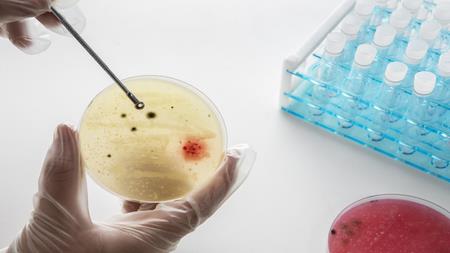
Airborne Pathogens Behind Lung, Gut Infections 2X More In High-Populated Regions: Study
The team studied the health risks posed by airborne pathogens in an urban metropolitan city like Delhi.
Their findings, published in an international journal named 'Atmospheric Environment: X', showed that airborne pathogenic bacteria, mainly responsible for respiratory, gastrointestinal tract (GIT), oral, and skin infections, are two times higher over densely populated urban regions due to higher concentrations of tiny particles PM2.5.
"PM2.5 -- the microscopic dust specks help bacteria to hitch a ride through the city air," stated the researchers, led by Dr. Sanat Kumar Das.
“Since the particles are small enough to sneak deep into the lungs, they act as carriers of the pathogenic bacteria, thus spreading the infection to different parts of the body,” they added.
Delhi, an urban region within the Indo-Gangetic Plain (IGP) in India, is one of the most densely populated regions in the world with the highest air pollution.
During winter, the entrance of western disturbance causes a sudden drop in atmospheric temperature, thereby subsequently increasing relative humidity (RH), which is responsible for stagnant wind and low boundary layer height, favouring accumulation of lower atmospheric pollutants over IGP.
“The transition from winter to summer, especially during hazy days or winter rains, creates high-risk windows when airborne diseases are more likely to spread. During these periods, the cocktail of pollution and weather patterns creates the perfect storm for microbes to linger in the air longer than usual,” the researchers said.
A significant increase in airborne microbial population has earlier been reported in winter over IGP. However, there was limited information regarding the effect of meteorology, air pollution, and population on airborne bacterial communities that can help understand their impact on human health.
The new study“could be a wake-up call for urban health planning,” said the researchers.
“Megacities like Delhi, where millions breathe in polluted air daily, may also be exposing residents to invisible bacterial communities enriched with pathogens. Understanding how weather, pollution, environmental factors, and population density affect these airborne bacteria and resultant disease transmission could help governments and health experts better predict outbreaks, improve urban design, and protect citizens,” they said.

Legal Disclaimer:
MENAFN provides the
information “as is” without warranty of any kind. We do not accept
any responsibility or liability for the accuracy, content, images,
videos, licenses, completeness, legality, or reliability of the information
contained in this article. If you have any complaints or copyright
issues related to this article, kindly contact the provider above.


















Comments
No comment